A Brief
History

t Early map showing Costa Rica.
Costa Rica has been shaped by a mysterious ancient past and the early adoption of democracy. The country’s declaration of neutrality in 1948, following a brief civil war, continues to forge its identity as a stable democratic nation determined to leave an eco-positive legacy.
Pre-Columbian Costa Rica
Costa Rica was settled by nomadic groups moving between Mexican and Peruvian civilizations, around 8000 BC. These groups spread across Costa Rica, establishing small fishing and farming communities along the coasts and in the central highlands. While no written record has been found, a bounty of gold and jade artifacts suggests they were wealthy, artistic cultures.
Bustling with 10,000 inhabitants at its peak, the city of Guayabo was founded in 1000 BC. Though a center of politics, culture and religion, it was mysteriously abandoned by AD 1400.
Spanish Conquest
Columbus landed off the Caribbean coast on his fourth trip to the Americas. Spanish conquistadors soon followed, driven by the promise of the “Rich Coast”. When that failed, they colonized the land, driving out or enslaving local populations.
Subsistence Era
By the 18th century, farming settlements were concentrated in the central valley. Meanwhile, the Caribbean coast had become a haven for pirates, smugglers, and people escaping slavery on the Caribbean islands. These settlements evolved into a fairly egalitarian society, at the exclusion of indigenous peoples who were repeatedly forced out of their territory. The resulting tensions between far-off Spain and the Central American colonies came to a head in El Salvador in 1811, leading to a demand for independence, which was granted to Central America in 1821. Costa Rica was torn between those in favor of total independence, and those who sought to join the newly formed Mexican empire. The discord erupted into a brief civil war, which led to Costa Rica’s formation as an independent nation state.
Coffee Era
About a decade before Central America was granted its freedom, coffee became the country’s dominant crop. A wealthy merchant class of cafeteleros (coffee barons) grew, and income from grano de oro (grain of gold) exports funded free public education, public buildings, and national defense – including the defeat of William Walker in 1856 – plus street lighting in San José. Costa Rican farmers struggled when the Depression hit the market in 1930. In response, the government laid the foundations of the production structures that still Íexist today.
The 1948 Civil War
Costa Rica was beset by social unrest between the World Wars, which culminated in a violent civil war in 1948. On 11 March, José Figueres Ferrer declared the War of National Liberation, following the annulment of election results. After 44 days of fighting, the undemocratic government was toppled. Figueres became provisional president, initiated a new constitution, disbanded the army, declared Costa Rica neutral, and enacted far-reaching social reforms.
Years of Dangerous Instability
Following three decades of increasing prosperity, Costa Rica’s stability was shaken by the 1979 Sandinista Revolution in Nicaragua that toppled Anastasio Somoza’s dictatorship. The Contras, Somoza’s right-wing supporters, set up clandestine bases in Costa Rica, aided by the CIA, turning the northern lowlands into a war zone, compromising Costa Rican neutrality. In 1986, Figueres’s protegé Óscar Arias Sánchez beat Luis Alberto Monge for the presidency. The youthful leader ejected the Contras and, in defiance of American President Ronald Reagan, negotiated a peaceful resolution to Central America’s regional conflicts, earning the 1987 Nobel Peace Prize.
Costa Rica Today
The 1990s saw the beginning of a huge tourism boom, fueled by Costa Rica’s stewardship of its natural resources. Two decades of economic and political scandals, demonstrations, and natural disasters bedeviled successive administrations. But none of this slowed the development of ecotourism, and Costa Rica continues to be an active voice in support of reversing climate change.
97.8%
Costa Rica’s literacy rate, thanks to 150 years of free, compulsory education.
WHERE TO SEE PRE-COLUMBIAN COSTA RICA
What remains of Costa Rica’s pre-Columbian artifacts are best seen in situ, at the Guayabo National Monument. The largest archaeological site in the nation provides great insight into this former city. In San José, Museo de Oro Pre-Columbino, Museo de Jade, and Museo Nacional all host extensive collections of pre-Columbian artifacts.
Nicolas Wessberg
Swedish national Nicolas Wessberg, with foreign aid, created Cabo Blanco, Costa Rica’s first wildlife reserve, from a sliver of primary forest on the Nicoya Peninsula. In 1963, the park was granted the status of reserva absoluta, allowing only rangers inside. Assassinated in 1975, Wessberg’s legacy lives on in Costa Rica’s national park system.
DISCOVER A Brief History
Timeline of events |
8000 BCFirst indigenous peoples settle across the region. |
800 BCGuayabo established on the slopes of Volcán Turrialba. |
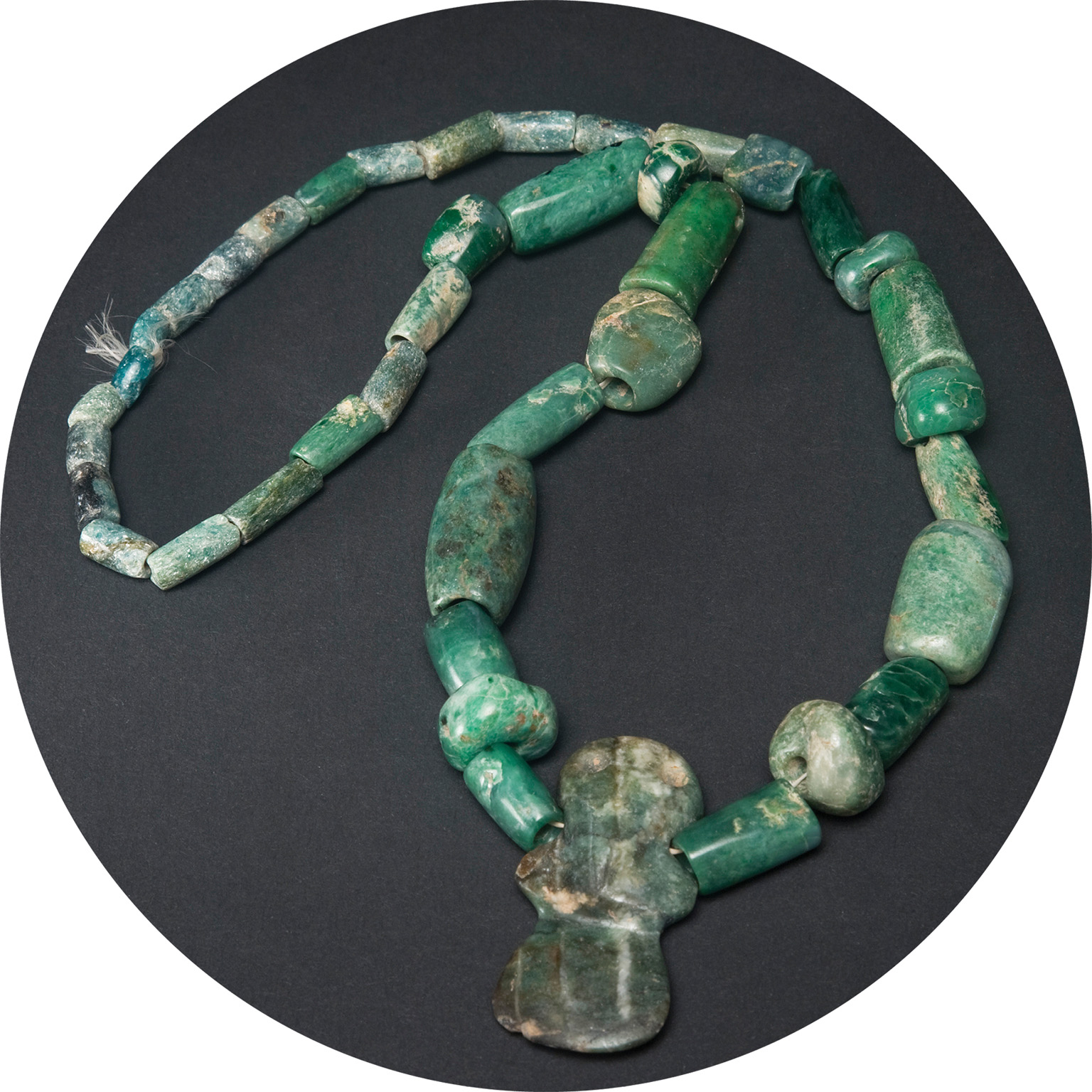
500 BC–AD 800Artisans craft fine pendants and figures using jade; by 500 AD gold begins to replace. |
AD 400–1000Granite spheres are made on Isla del Caño for ceremonial purposes. |
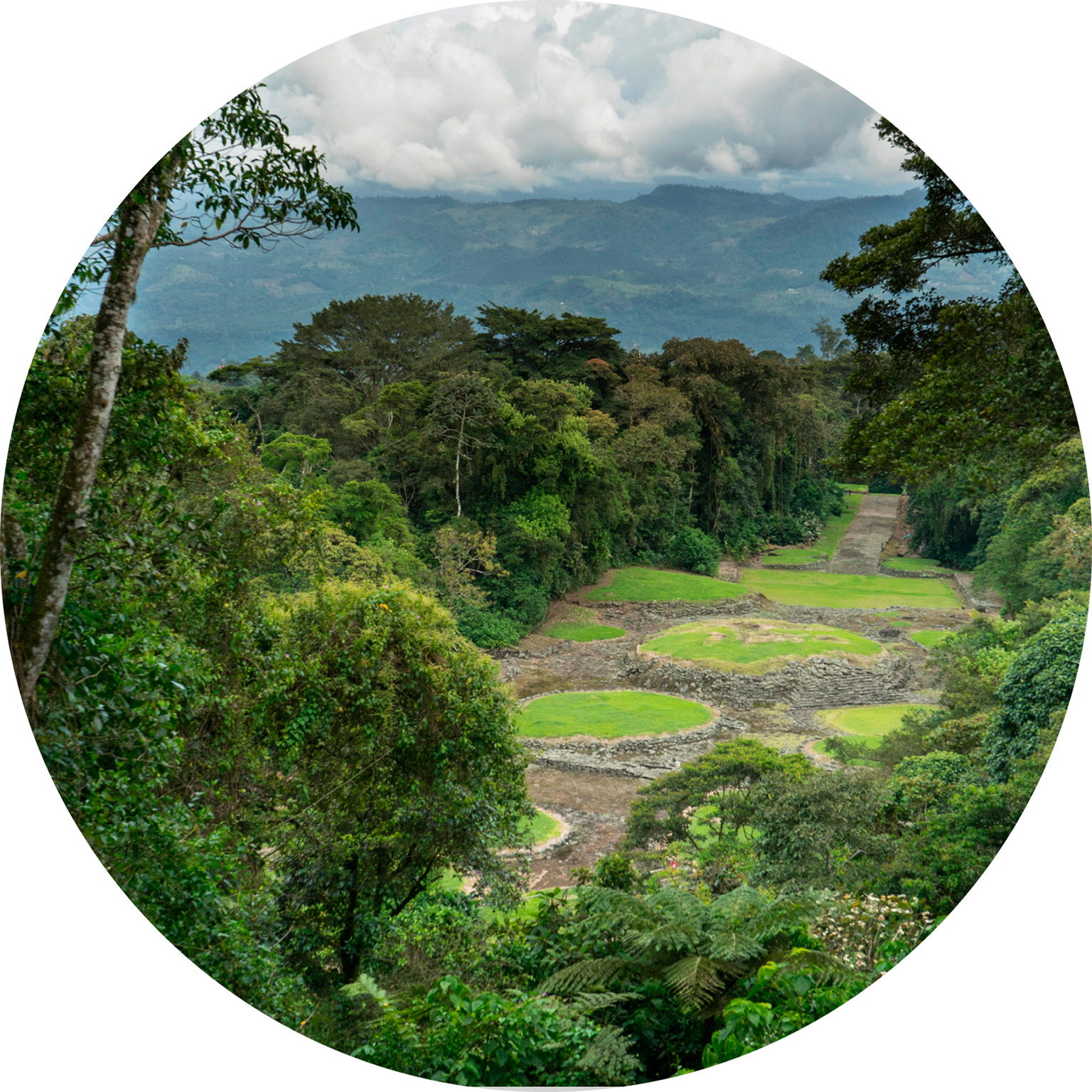
1400Guayabo is mysteriously abandoned. |
1502Columbus lands on Isla Uvita, off the Caribbean coast. |
1506Diego de Nicuesa is named governor and begins an ill-fated attempt at colonization. |

1563Governor Juan Vásquez de Coronado founds Cartago. |
1641Survivors of a slave-ship establish the free community of Miskitos. |
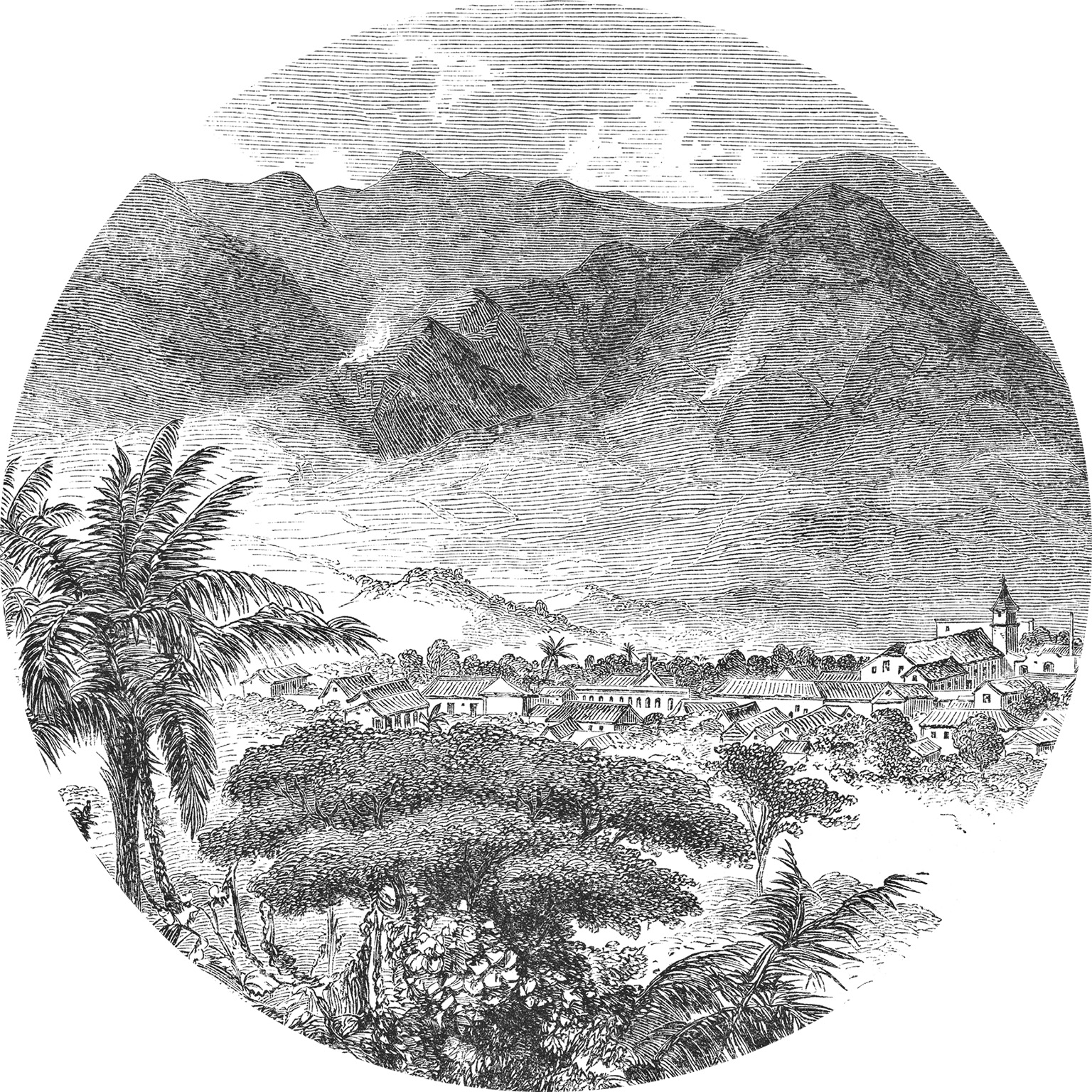
1737Villanueva de la Boca del Monte is founded; it is later renamed San José. |
1747Talamanca peoples are forcibly resettled in the highlands. |
1838Costa Rica splits from the Federation of Central America to become its own nation state. |
1849Cafeteleros elevate fellow coffee baron Juan Rafael Mora to power. |
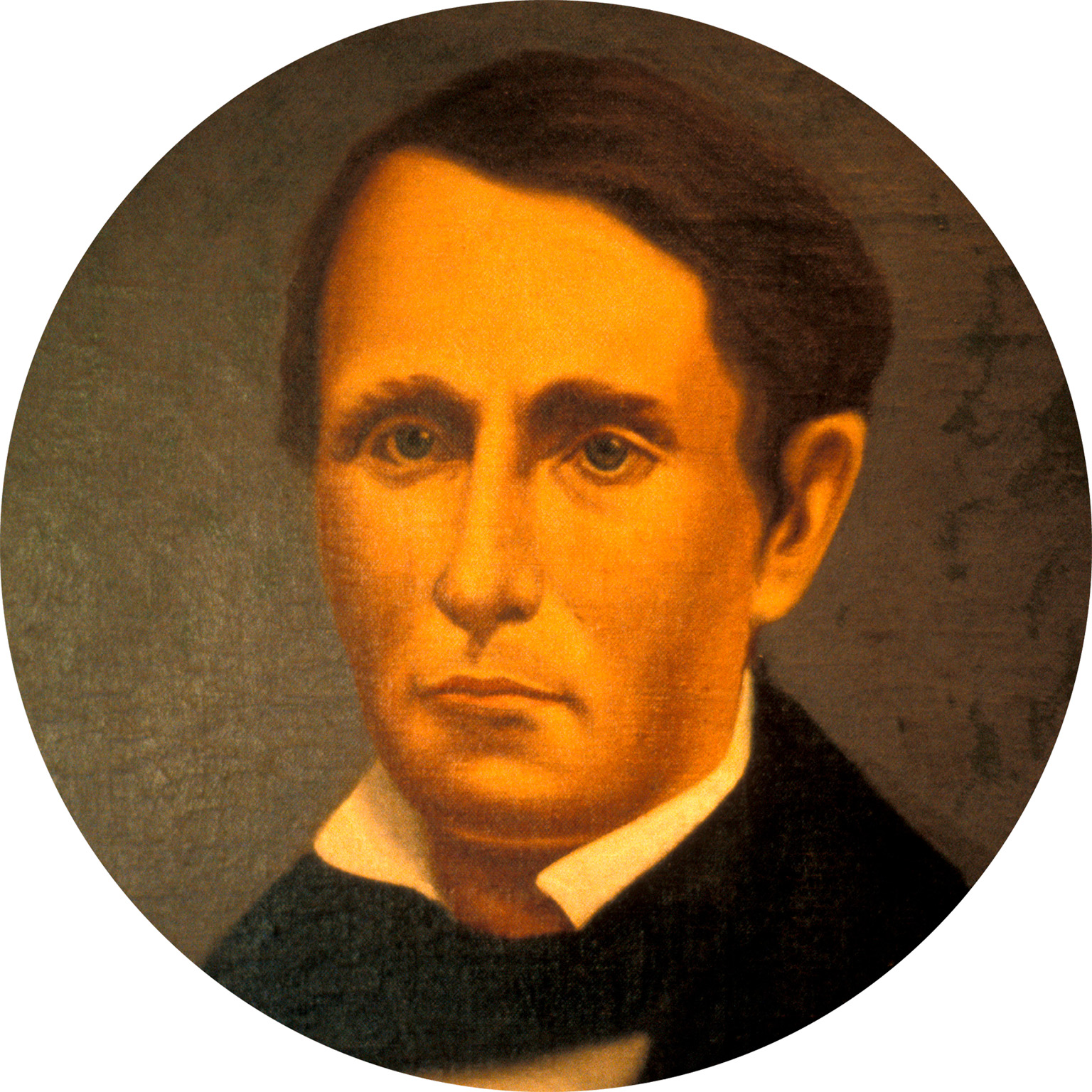
1856William Walker’s mercenary invasion of Costa Rica is defeated. |
1871General Tomás Guardia establishes compulsory, free education for all. |
1897Teatro Nacional is completed, built using taxes on coffee exports. |
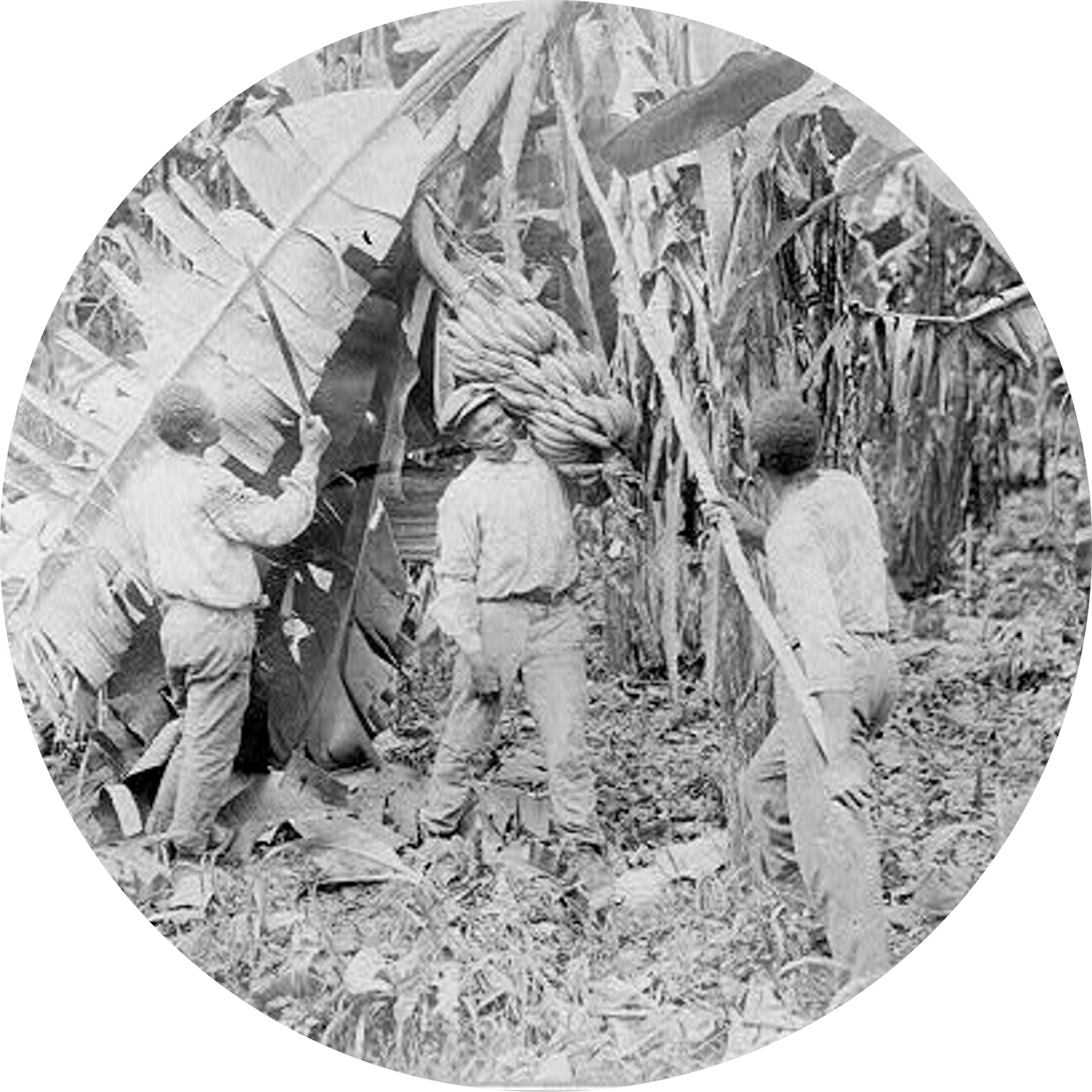
1934Plantation workers win the right to unionize. |
1948José Figueres Ferrer launches the War of National Liberation. |
1949Figueres is made provisional president, instituting a new constitution and abolishing the army; he gives up his power 18 months later. |

1955Nicaraguan invaders are repulsed at Santa Rosa. |
1963Cabo Blanco becomes the country’s first nature reserve. |

1987Óscar Arias Sánchez wins the Nobel Peace Prize. |
2010Laura Chinchilla is elected, becoming Costa Rica’s first female president. |
2018Carlos Muñoz brings the Essential Pro Surf title back to Costa Rica. |
